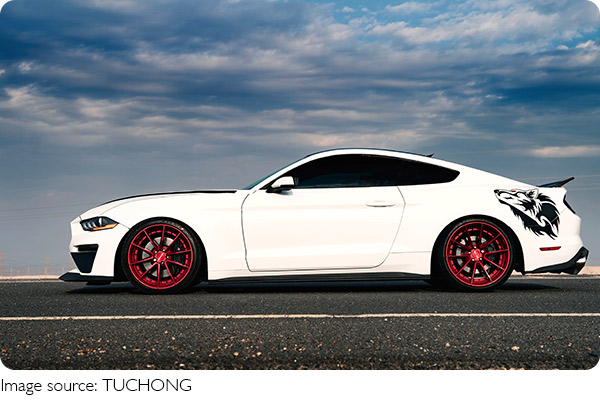Driving Green

Have you ever wondered if cars can really be eco-friendly? For decades, the image of automobiles has been tied to pollution and fossil fuel consumption.
But in recent years, the automotive industry has made strides toward sustainability, offering new hope for a cleaner future.
Today, let's dive into how the rise of electric vehicles (EVs), hybrid models, and greener production processes are changing the way we drive—and what that means for our planet.
The Shift to Electric and Hybrid Cars
Electric vehicles have been gaining popularity as a cleaner alternative to traditional gas-powered cars. Unlike engines that burn fossil fuels and release carbon dioxide, EVs run on rechargeable batteries. This shift reduces tailpipe emissions drastically, making EVs a crucial step toward cutting greenhouse gases.
Hybrids offer another approach, combining a gasoline engine with an electric motor. This combination allows them to use less fuel overall and emit fewer pollutants. For everyday drivers, hybrids can feel familiar yet deliver more efficiency and lower environmental impact.
Benefits of electric and hybrid cars include:
1. Lower carbon footprint: EVs produce no emissions while driving, and hybrids reduce fuel use.
2. Reduced air pollution: Less tailpipe pollution means cleaner air in cities and towns.
3. Energy efficiency: Electric motors convert energy more efficiently than combustion engines.
Eco-Friendly Manufacturing Practices
Sustainability doesn't stop at the car's engine. Automakers are also focusing on reducing their environmental impact during production. This includes using recycled materials, minimizing waste, and conserving energy in factories.
For instance, some manufacturers now use recycled aluminum and plastics, cutting down on mining and waste. Others invest in solar power and water-saving systems to shrink their carbon footprint. These efforts add up, making the entire life cycle of a car greener from assembly to end-of-life recycling.
Challenges and Realities
While EVs and hybrids offer many benefits, challenges remain. One key issue is the source of electricity used to charge electric cars. If the grid relies on coal or other fossil fuels, the environmental advantage lessens. Transitioning to cleaner energy sources like solar or wind is essential for maximizing EV benefits.
Battery production is another concern. Mining for lithium, cobalt, and other materials used in batteries has environmental and ethical implications. Researchers and companies are working on more sustainable battery tech and recycling methods to address this.
What This Means for Everyday Drivers
As consumers, understanding these changes helps us make better choices. Switching to an electric or hybrid car can reduce your personal carbon footprint, but it also supports a growing market that encourages manufacturers to innovate.
Furthermore, governments worldwide are offering incentives such as tax credits and rebates for purchasing eco-friendly vehicles. These perks make the transition more affordable and attractive.
Looking Ahead: The Future of Sustainable Driving
The automotive industry is on the cusp of a green revolution. With advances in battery technology, wider charging infrastructure, and stricter environmental regulations, eco-friendly cars are becoming more practical and accessible.
Imagine a future where:
• Roads are filled with quiet, emission-free vehicles.
• Cities see cleaner air and less traffic noise.
• Car manufacturing itself is powered by renewable energy.
This future isn't far off. The choices we make today as drivers and consumers can help speed it along.

Here’s a thought - could eco-friendly travel fit your life better now? When you’re eyeing that next vehicle, keep in mind how electric or hybrid rides are gaining ground, shifting things slowly but surely - to help nature breathe easier and give kids down the road a fair shot.
What about making the move to a car that’s kinder to nature? Let us know - what’s keeping you from taking the leap, or what’s actually getting you closer to greener rides?

 · Vehicle Team
· Vehicle Team